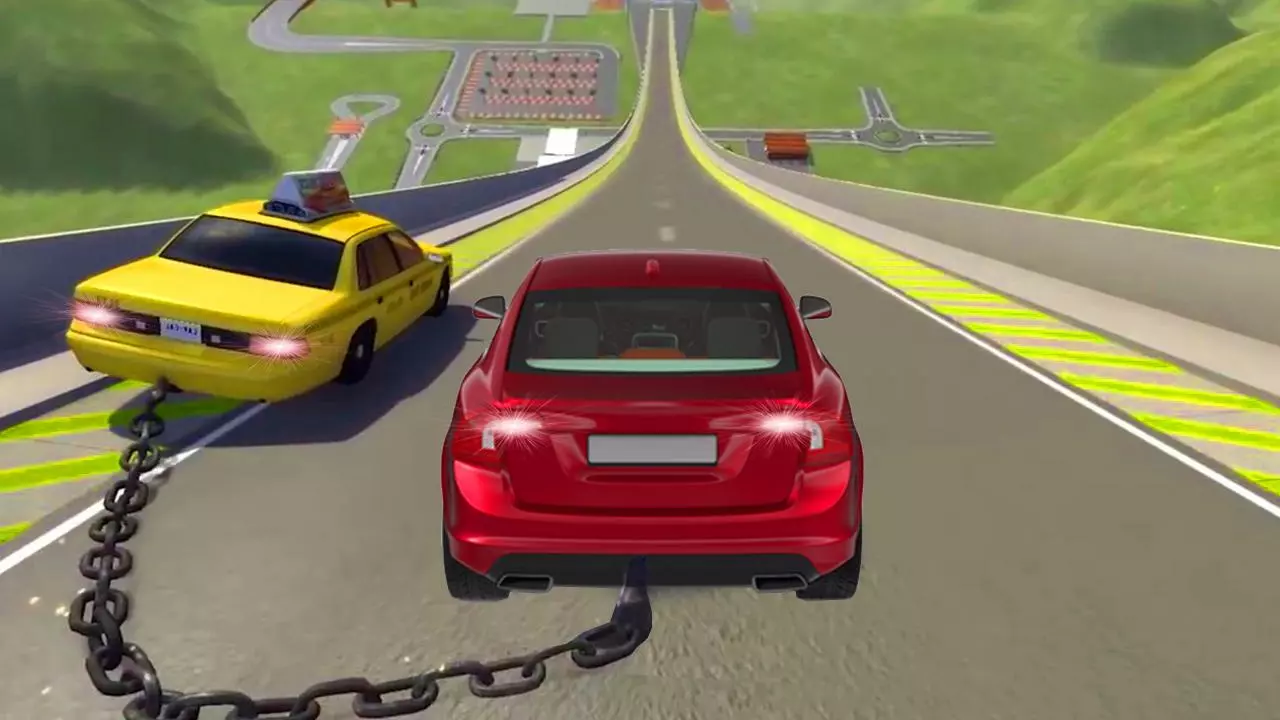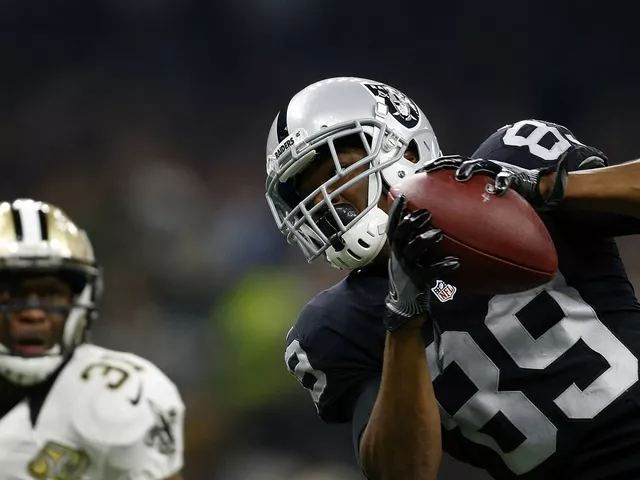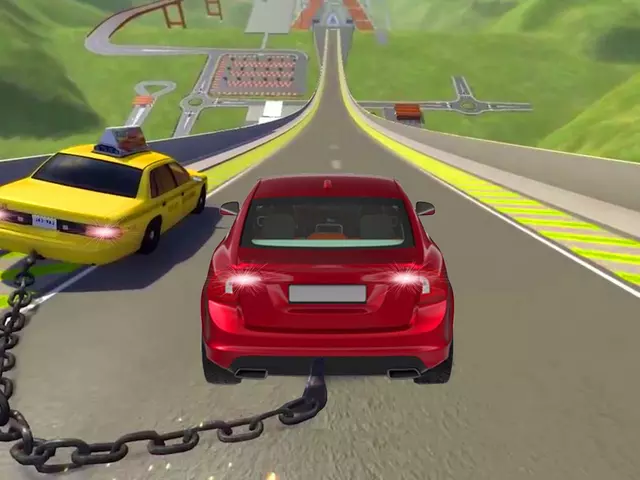 17 Jul,2023
17 Jul,2023
Understanding the Concept of 'Rubber Banding'
Before diving into the pros and cons of 'rubber banding' in racing games, it's essential to understand what this term means. 'Rubber banding' is a game design mechanism often used in racing games to keep gameplay competitive and exciting. It essentially refers to the game's artificial intelligence (AI) adjusting the speed of computer-controlled opponents based on the player's performance. If you're leading the race, the AI opponents will speed up, and if you're lagging, they'll slow down, keeping the race tight at all times.
Advantages of 'Rubber Banding'
The primary advantage of 'rubber banding' is that it keeps the game exciting and competitive. With 'rubber banding', you're never too far ahead or too far behind. This makes the game more engaging as it pushes players to continuously strive for better performance. It prevents races from becoming one-sided and adds a layer of unpredictability to the gameplay.
Another advantage of 'rubber banding' is that it provides a sense of balance in the game. It helps level the playing field and ensures that all players, regardless of their skill level, have a fair chance of winning. This can be particularly beneficial for multiplayer games, as it makes the game enjoyable for both beginners and experienced players.
Disadvantages of 'Rubber Banding'
While 'rubber banding' can make racing games more exciting, it's not without its drawbacks. One of the main criticisms of this mechanism is that it can feel unfair to players. If you're playing well and leading the race, it can be frustrating to see the AI opponents suddenly speed up and catch up with you. This can make the game feel less skill-based and more luck-based, which can be a turn-off for some players.
Another disadvantage of 'rubber banding' is that it can make the game feel less realistic. In real life, if you're far ahead in a race, the opponents aren't going to magically speed up and catch up with you. This lack of realism can break the immersion for some players and make the game feel less satisfying.
How 'Rubber Banding' Affects Player Experience
The impact of 'rubber banding' on player experience can vary greatly depending on how it's implemented. When done right, it can make the game more thrilling and fun. However, when done poorly, it can lead to frustration and dissatisfaction. It's a delicate balance that game developers need to strike. They need to ensure that 'rubber banding' enhances the gameplay without making it feel unfair or unrealistic.
Final Thoughts: Is 'Rubber Banding' Good or Bad?
In conclusion, whether 'rubber banding' is good or bad largely depends on personal preference. Some players enjoy the constant challenge and unpredictability it brings, while others prefer a more realistic and skill-based approach. As with many aspects of game design, it's all about finding the right balance. It's important for game developers to carefully consider the pros and cons of 'rubber banding' and how it impacts the overall player experience.





Write a comment